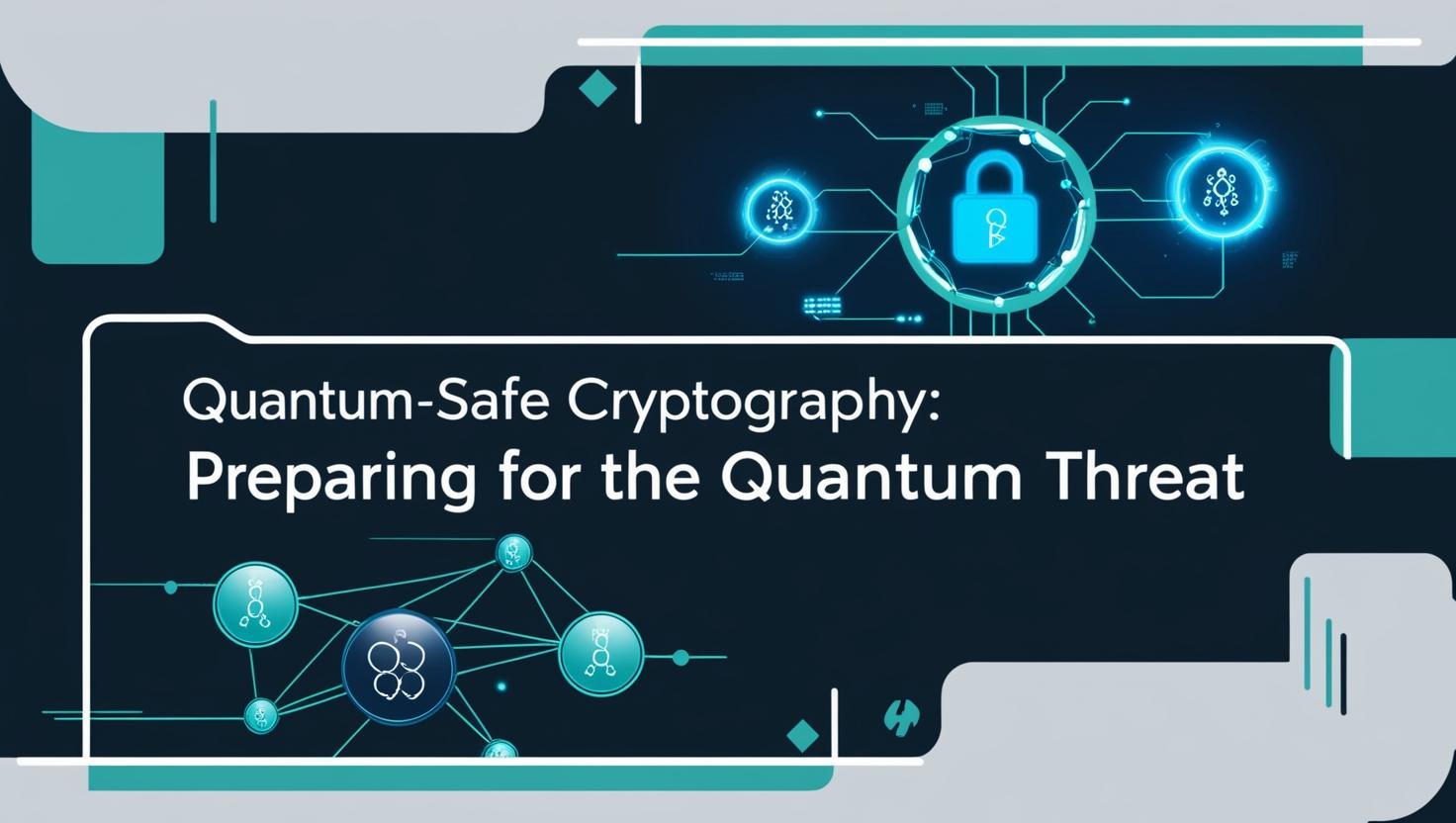Introduction
Quantum computing promises breakthroughs in medicine and AI, but it also poses a catastrophic risk to today’s encryption. Current standards like RSA and ECC—used to secure everything from emails to bank transactions—could be shattered by quantum computers running Shor’s algorithm. Enter quantum-safe cryptography: a new generation of encryption designed to withstand quantum attacks. With experts warning that quantum machines capable of breaking RSA-2048 could emerge by 2030, organizations must act now. This post explores the quantum threat, explains quantum-resistant solutions, and outlines steps to secure your data.
Why Current Encryption is Vulnerable to Quantum Attacks
Today’s encryption relies on math problems that classical computers find hard, but quantum computers could solve them in seconds:
- RSA & ECC at Risk: Shor’s algorithm enables quantum computers to factor large numbers (breaking RSA) and solve elliptic curve logarithms (cracking ECC). A 2023 Nature study estimates a quantum machine with 20 million qubits could break RSA-2048 in hours.
- Grover’s Algorithm: While less critical, it speeds up brute-force attacks, halving the security of symmetric keys (e.g., AES-256 becomes AES-128).
The National Institute of Standards and Technology (NIST) warns that quantum threats could render 95% of public-key cryptography obsolete within a decade.
Quantum-Safe Cryptography: Post-Quantum Algorithms Explained
Quantum-resistant algorithms use math problems even quantum computers struggle with. NIST is standardizing four types:
1. Lattice-Based Cryptography
Built on complex “grid” problems in multiple dimensions, this approach secures both encryption and digital signatures. NIST’s 2022 winner, CRYSTALS-Kyber, is already being tested by companies like IBM.
2. Hash-Based Cryptography
Using collision-resistant hash functions, schemes like SPHINCS+ provide quantum-safe digital signatures, though they generate larger keys.
3. Code-Based Cryptography
Relying on error-correcting codes, the McEliece system has withstood attacks for 40+ years but requires significant bandwidth.
Adopting Quantum-Safe Cryptography: Steps for Businesses
- Audit Existing Systems: Identify where RSA/ECC are used (e.g., SSL/TLS, digital certificates).
- Test Hybrid Solutions: Combine classical and quantum-safe algorithms to maintain security during transition.
- Follow NIST’s Lead: Monitor updates to NIST’s post-quantum standardization project, set for finalization in 2024.
- Collaborate with Experts: Partner with vendors like Google Cloud or Microsoft, which are piloting quantum-safe protocols.
Conclusion
Quantum computing’s rise is inevitable—and so is its threat to encryption. By adopting quantum-safe cryptography now, businesses can avoid costly breaches and stay ahead of regulations like the U.S. Quantum Computing Cybersecurity Preparedness Act.
Don’t wait for quantum hackers to strike. Audit your encryption strategy today and explore quantum-resistant solutions with cybersecurity partners.
Sources:
Protect your future. Act quantum-safe today.


















